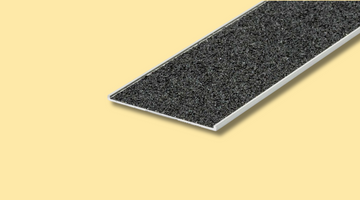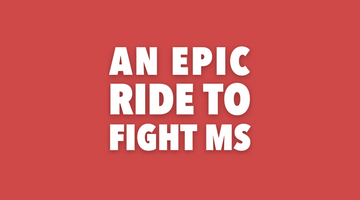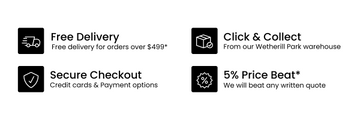Don’t worry; we’ve got you covered. In this guide, we’ll walk you through everything you need to know, including the types available, their benefits, and what to look for when purchasing one.
Whether you’re looking for a wheel stop for your personal parking spot or for a commercial parking lot, this guide has got you covered, so let’s get started!
Types of Wheel Stops
The three most common types are concrete, rubber and plastic. Each type has its pros and cons, so it’s essential to consider your specific needs and requirements before making a decision.
CONCRETE:
These are the most durable option and are ideal for commercial parking lots that experience high traffic. They are also more difficult to move, making them a great choice for areas that require permanent parking solutions. The downside is that they are heavy and can cause damage to vehicles if not installed properly.
RUBBER:
These are popular options because they are lightweight, easy to install, and environmentally friendly. They also provide a softer barrier, which reduces the risk of damage to vehicles. However, they are not as durable as concrete ones and can become brittle over time, especially in extreme weather conditions.
PLASTIC:
These are good options for those who want a lightweight and cost-effective solution. They are easy to install and can be painted to match the color of your parking lot. However, they are not as durable as concrete or rubber wheel stops and may crack or fade overtime.
Benefits of Wheel Stops
- Improved Parking Accuracy - help drivers park their vehicles in the correct spot, reducing the risk of damage to other vehicles and buildings.
- Increased Safety - prevent vehicles from rolling into pedestrian walkways or other areas, reducing the risk of accidents and injuries.
- Reduced Liability - Reduce the risk of liability for property owners in the event of an accident.
What to look for when purchasing a Wheel Stop
Size and Weight
Consider the size and weight, as well as the type of vehicle that will be using the parking lot.
Material
Choose a material that is durable, weather resistant, and compatible with the type of surface on which it will be installed.
Installation
In doing wheel stop installation, consider the tools required. Rubber and plastic are easier to install than concrete.
Compliance
Make sure that the item you’ll be purchasing passed the wheel stop Australian Standards.
So there you have it! With this guide in hand, you’re now ready to find the perfect wheel stop for your needs. And if you still have questions, don't hesitate to reach out to us. At eSafety Supplies, we have a wide range of wheel stops!
Ready to make a purchase? Head on to our website and start shopping now!









